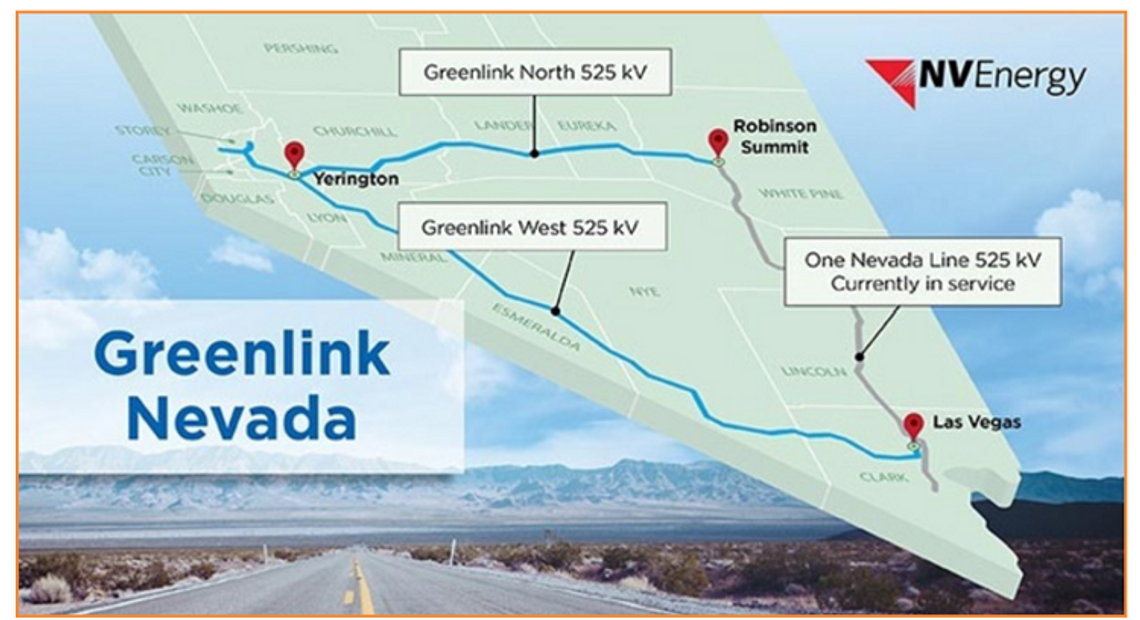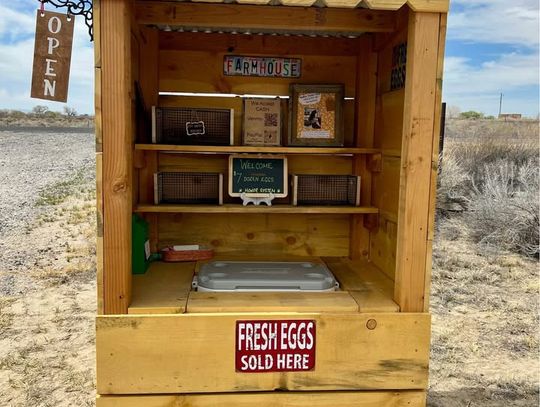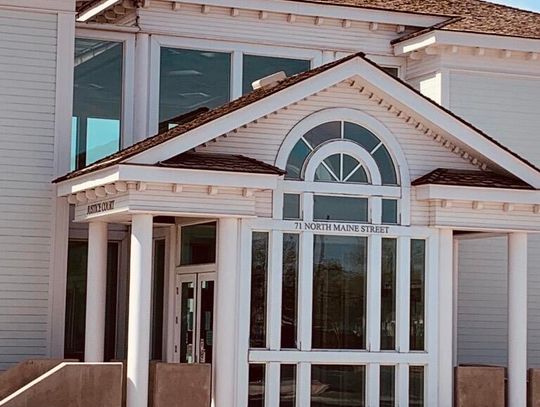As Nevada pushes to be a leader in green, renewable, and sustainable energy, obstacles continue to arise in infrastructure and implementation.
Nevada lawmakers passed Senate Bill 358 in 2019, which mandated Nevada to a 50% increase in its renewable energy portfolio standard (RPS) by 2030. While that may sound like a massive undertaking, it is moderate compared to the legislature’s goal of 100% zero-carbon energy sales by 2050.
The state’s electrical infrastructure must undergo dramatic modernization for this to happen. The grid must connect and accommodate diverse energy resources across Nevada’s vast geographic area.
In the past two decades, Nevada has exponentially increased its solar and geothermal energy production. However, according to NV Energy, a subsidiary of Berkshire Hathaway, which Warren Buffett purchased in 1965, high-quality wind and hydroelectric resources are lacking throughout the state. In their 2020 Greenlink Nevada plan, NV Energy reported that solar and solar photovoltaic (PV) energy alone cannot effectively meet the state’s energy goals, and more renewable resources are needed.
NV Energy’s position is that the only way for the state to accomplish its carbon emissions goals is to develop a connected energy grid. This means creating an infrastructure that adequately transmits energy between southern and northern Nevada. Greenlink Nevada, a priority for the Biden administration, is NV Energy’s plan to build that foundation and transfer power between Nevada and the developing western United States grid.
Phase I of the prosed Greenlink Nevada transmission line includes the West and North lines. The Greenlink West project, a 470-mile-long transmission line carrying up to 4,000 megawatts of electricity, will be the first step in creating current and future energy load growth, which will also build redundant connections between southern and northern Nevada. Greenlink West also plans to access untapped renewable energy zones to increase renewable integration in Yerington and central Nevada, creating overall system reliability. Greenlink North is a 235-mile project connecting Robinson Summit in White Pine County to Fort Churchill near Yerington, passing through Eureka, Lander, and Churchill Counties while connecting Lyon, Storey, and Washoe Counties.
While the $2.5+ billion plan takes aggressive steps to modernize the state’s aging electrical grid and usher in an era of negligible carbon emissions, implementation is not without obstacles. For example, the Greenlink West plan passes through Beatty, much to the dismay of its residents. According to the Pahrump Valley Times, the Beatty Town Advisory Committee opposes the 525-kilo-volt Reno to Las Vegas Power line that would run adjacent to Highway 95 through the town. The line will have to negotiate a narrow corridor between the Nevada Test Training Range, several mining claims, and private properties. Additionally, West Line will encroach on many federally protected BLM lands, including the Desert National Wildlife Refuge and Nellis Air Force Base, as well as Native American tribal lands and ancestral sites held by the Hopi Tribe and the Timbisha Shoshone Tribes, among others.
This week in a federal review of critical transmission lines, concerns arose over the line’s proposed routes, potentially crossing 1.5 miles into the Tule Springs Fossil Beds National Monument near Las Vegas, an area protecting thousands of ice age fossils. As a result, construction will be delayed by several months.
Most of the project will be built on public lands under the control of the Bureau of Land Management. Conservation groups, like Basis and Range Watch, are urging the BLM and NV Energy to consider the potential impact on desert ecosystems, which could threaten species like the Mojave Desert Tortoise, the endangered JoshuaTree, and the Amargosa Toad which was recently recovered from extinction. Increased wildfire risk is also a worry for conservation groups, but it is yet to be addressed.
All Nevada residents, current and future, will be impacted by the Greenlink project. The greatest concern at present is the likelihood of significant increases in energy costs. NV Energy initially told Nevada lawmakers in 2021 that rake hikes are at least five years away. However, with requests made last August for ratepayers to help offset construction costs, Nevadans are not so sure.











































Comment
Comments